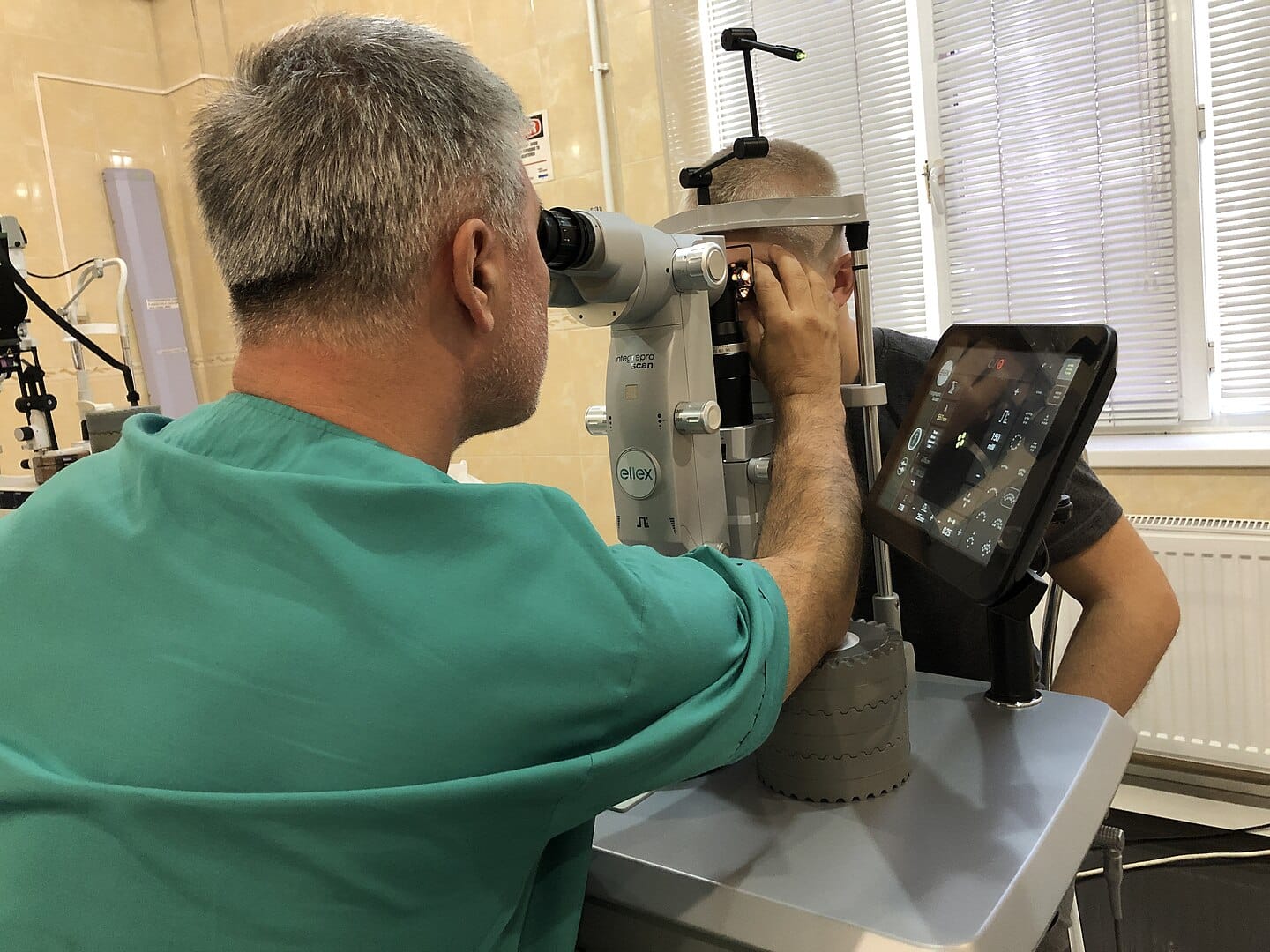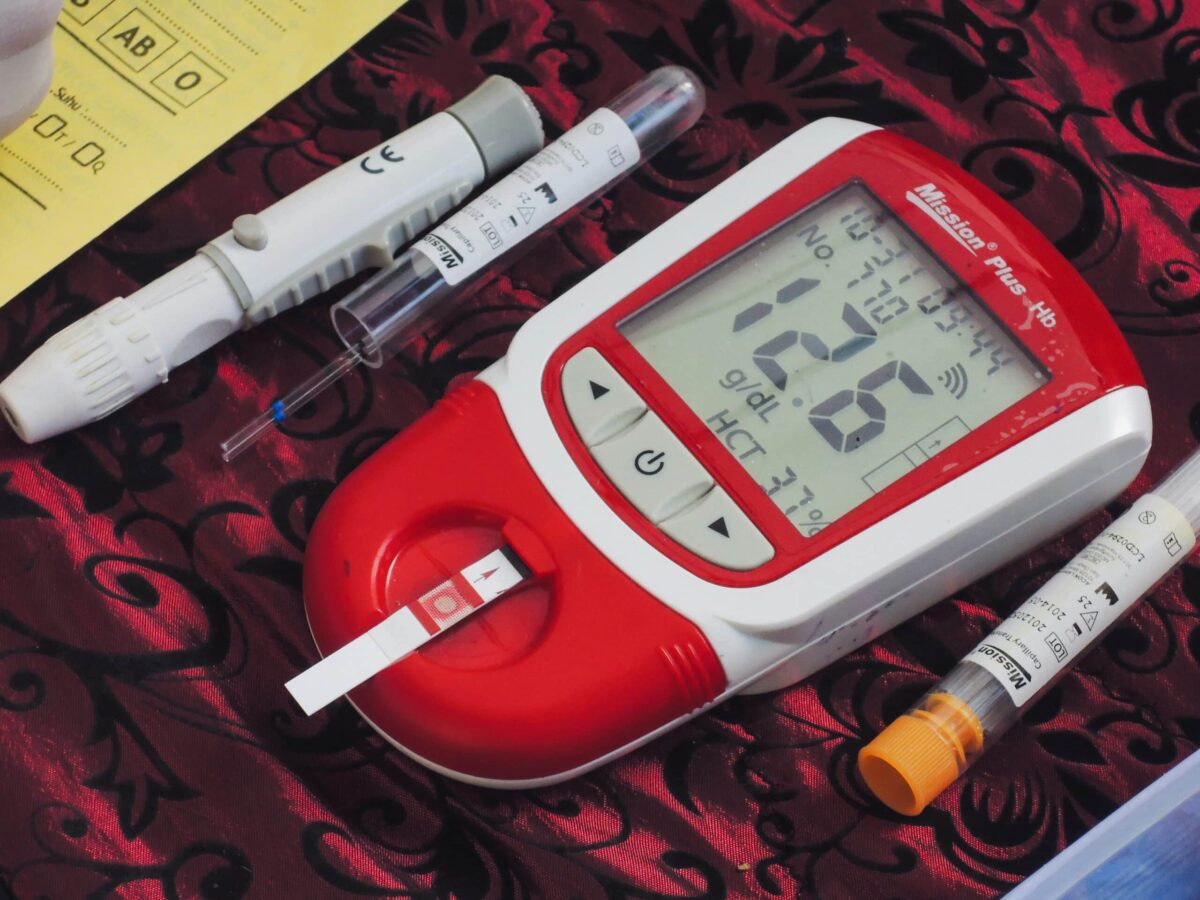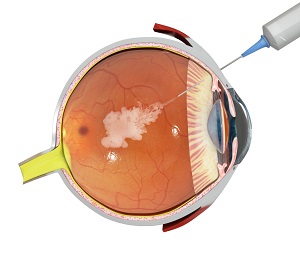

A rapid drop in HbA1c (glycated haemoglobin) can have significant health implications, particularly for individuals with diabetes. While lowering HbA1c is generally desirable, especially in poorly controlled diabetes, a rapid decrease can be hazardous.
HbA1c is a well-known marker that reflects average blood glucose levels, and is used to monitor diabetes control.
Lowering your HbA1c is desirable if you have diabetes, because it reflects better control of blood glucose levels, which is crucial for reducing the risk of diabetes-related complications, such as;
Lower HbA1c indicates more stable and controlled blood glucose levels.
This means fewer high blood sugar episodes (hyperglycemia) and, fewer low blood sugar episodes (hypoglycemia) and can lead to improved energy levels, mood, and overall well-being. People often feel better and have more energy when their blood sugar levels are within the target range.
Studies have shown that better glucose control, indicated by lower HbA1c levels, is associated with a reduced risk of premature death in people with diabetes and an increased life expectancy.
Keeping your HbA1c at a lower, healthy level can help maintain your quality of life by preventing complications that could limit your ability to work, exercise, and enjoy daily activities.
The ideal HbA1c target can vary depending on factors such as age, the duration of diabetes, and the presence of other health conditions. Your healthcare provider should help set a personal target that balances the benefits of lower HbA1c with the risks of hypoglycemia and other concerns.
Your healthcare provider should advise you the best method to lower your HbA1c. This may involve methods such as;
Whatever way you are advised to lower your HbA1c, the change may cause transient (brief or short) periods of hypoglycaemia.
Transient periods of hypoglycaemia can occur;
The sudden physiological changes that occur when HbA1c is rapidly reduced, put stress on the cardiovascular system, and can exacerbate complications related to small blood vessels, such as retinopathy, which can lead to vision problems or even blindness.
There is evidence that rapid reductions in HbA1c can worsen diabetic retinopathy. While improving glucose control is generally beneficial, if the reduction is too quick, it can accelerate the progression of retinopathy, potentially leading to vision loss. It is believed that the rapid change in blood glucose levels may cause fluctuations in retinal blood flow, leading to retinal damage.
In summary, lowering your HbA1c is desirable because it leads to better blood glucose control, reduces the risk of both short-term and long-term complications, improves overall health, and can enhance your quality of life and longevity. However, it’s important to lower HbA1c gradually and under medical supervision to avoid potential risks, especially if your current levels are very high. If rapid reduction is unavoidable, preventive measures, such as Noctura 400 could help protect your vision.


